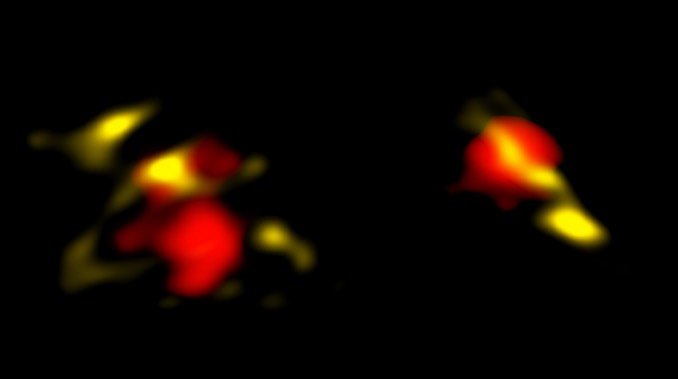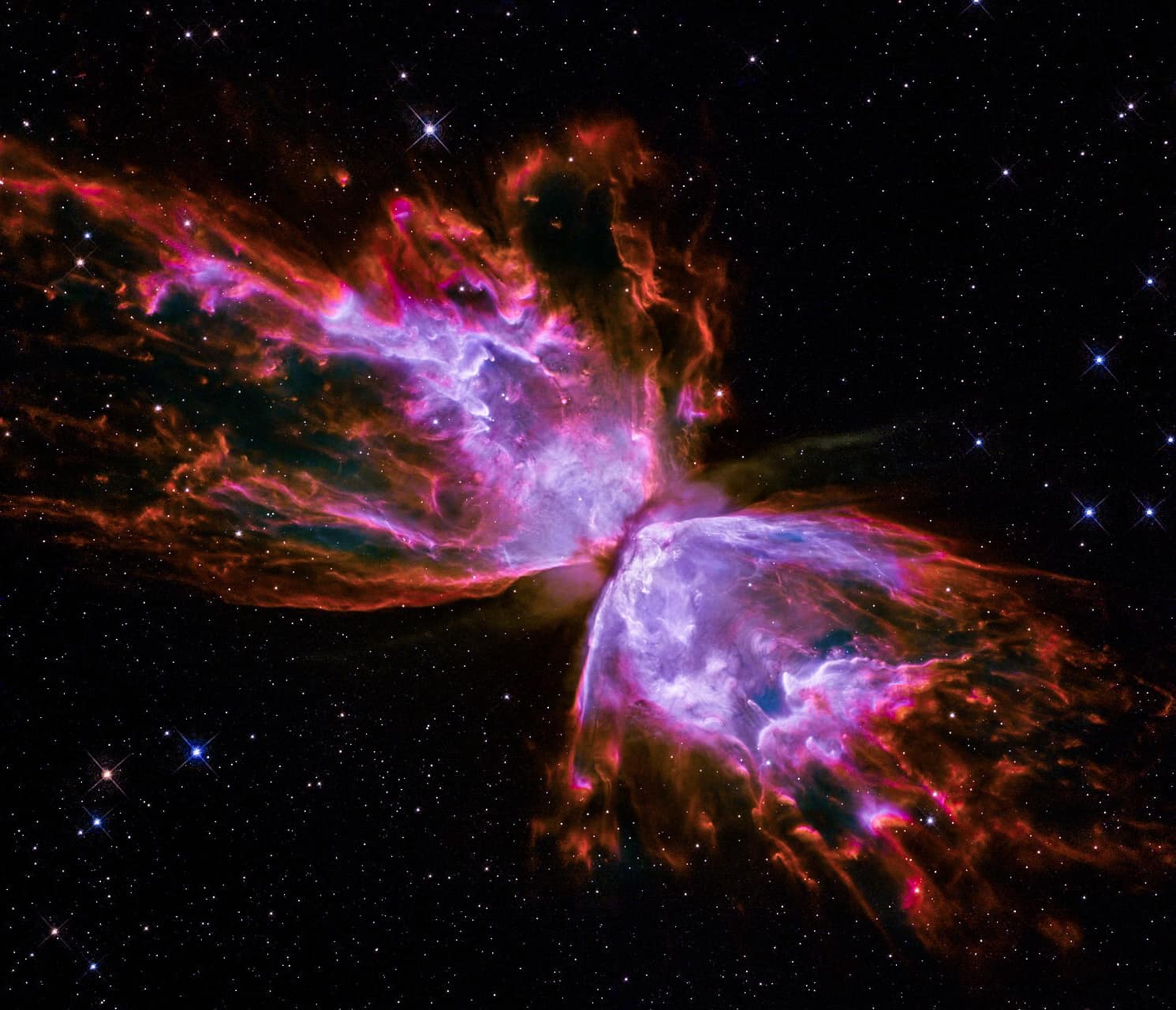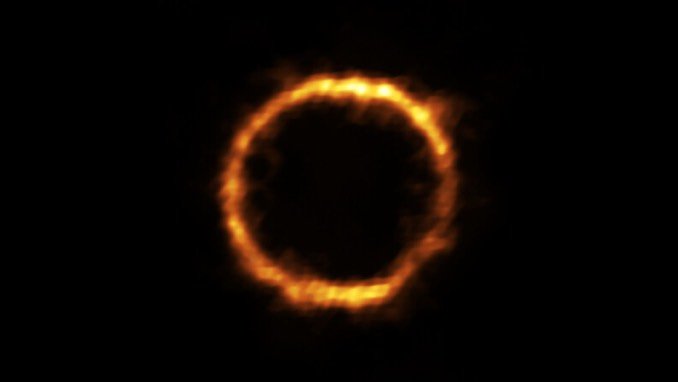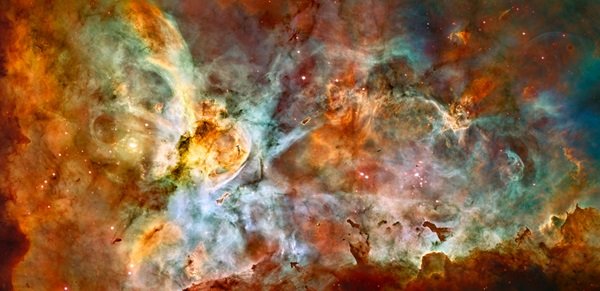Interesting Astronomy & Astrophysics news from the week of 10/25/2020
Next week’s night sky: On November 5, the Southern Taurids Meteor Shower peaks just after midnight! Stay up that late and you will be rewarded with almost 10 colorful meteors an hour! On Saturday, November 7, the moon will not rise for a few hours after sunset. This is a great time for some casual stargazing, as the moon will not ruin the view. Water on the Moon NASA’s flying Stratospheric Observatory for Infrared Astronomy (SOFIA) has detected water molecules on the surface of the moon! Researchers […]
Read more





